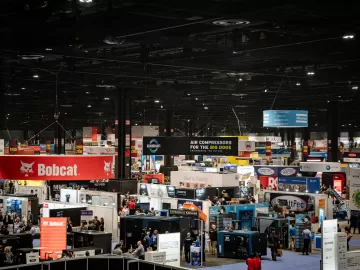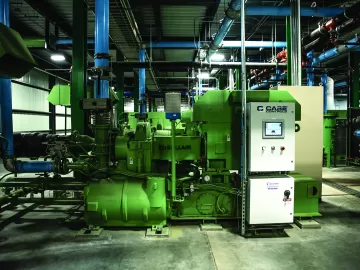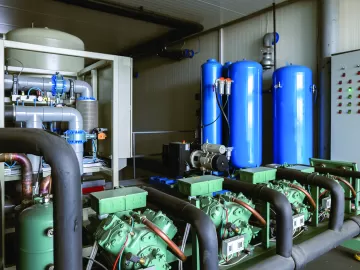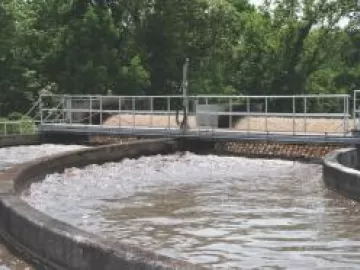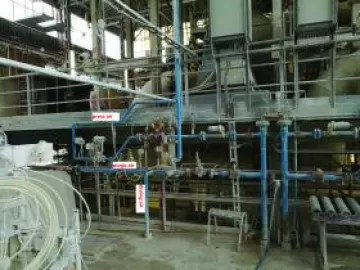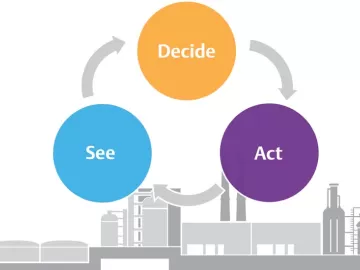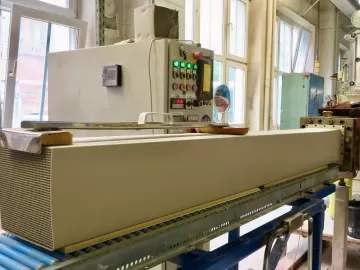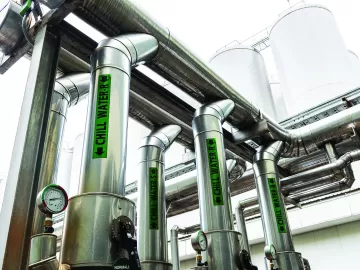Networked Air Compressors Operate in Harmony at Automotive Manufacturer
When an automotive company added a new 200-horsepower (hp) rotary screw air compressor and accompanying dryer to a satellite building at its Chicago-area assembly plant, it needed a cost-effective way to integrate the equipment into its existing compressed air network. Doing so would allow plant personnel to easily monitor the air compressor’s performance and ensure it operates in harmony with the plant’s centrifugal air compressors. Importantly, it would contribute to efficient and reliable air compressor operation at all times.

